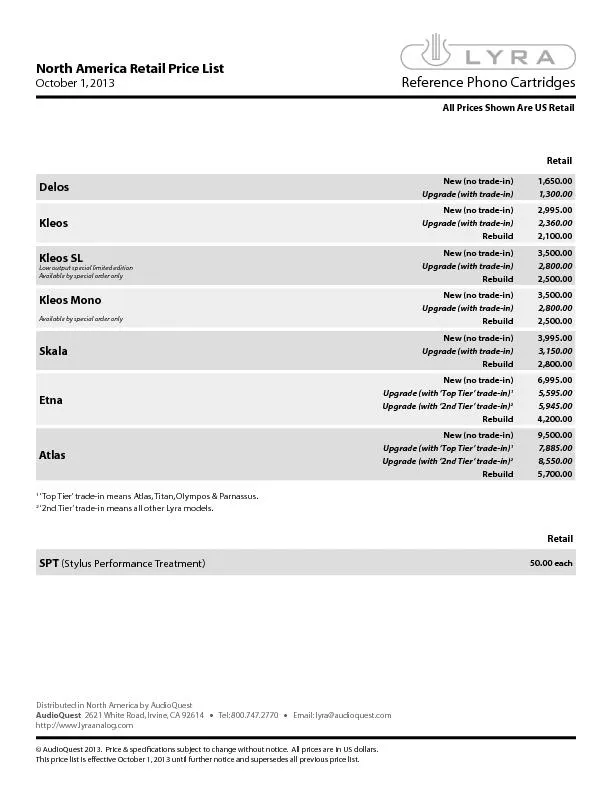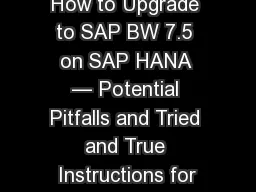PPT-Report from Tracker Upgrade Project Office
Author : disclaimercanon | Published Date : 2020-08-04
Mandate of the TUPO Members Organization of meetings Topics discussed so far brief overview ConclusionsOutlook 1 Mandate of the TUPO Clear definition in the notes
Presentation Embed Code
Download Presentation
Download Presentation The PPT/PDF document "Report from Tracker Upgrade Project Offi..." is the property of its rightful owner. Permission is granted to download and print the materials on this website for personal, non-commercial use only, and to display it on your personal computer provided you do not modify the materials and that you retain all copyright notices contained in the materials. By downloading content from our website, you accept the terms of this agreement.
Report from Tracker Upgrade Project Office: Transcript
Download Rules Of Document
"Report from Tracker Upgrade Project Office"The content belongs to its owner. You may download and print it for personal use, without modification, and keep all copyright notices. By downloading, you agree to these terms.
Related Documents


